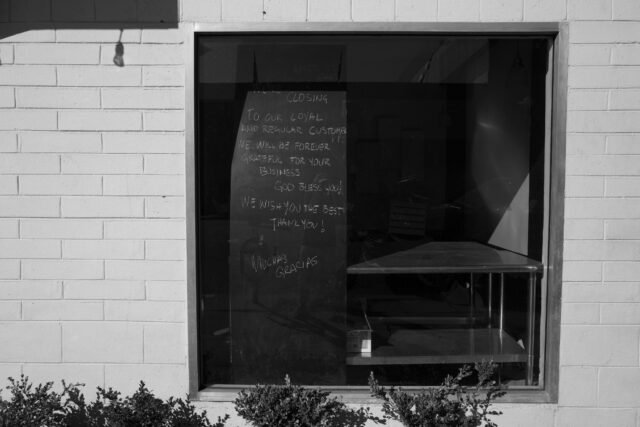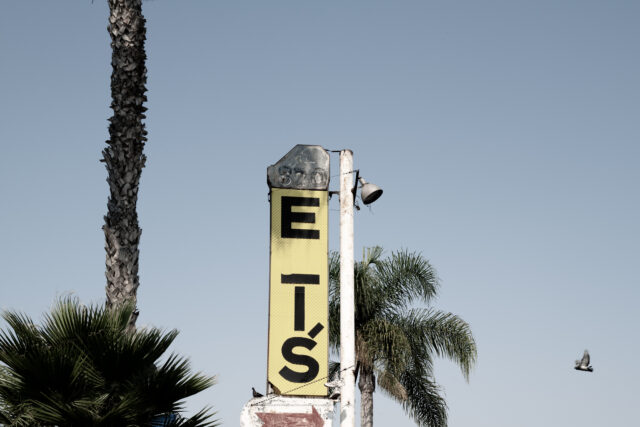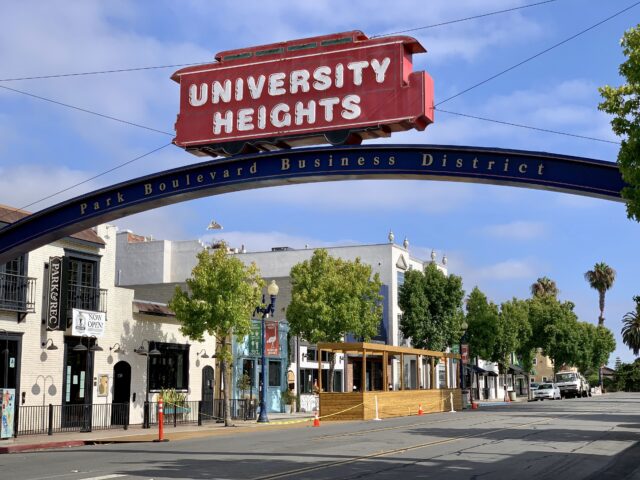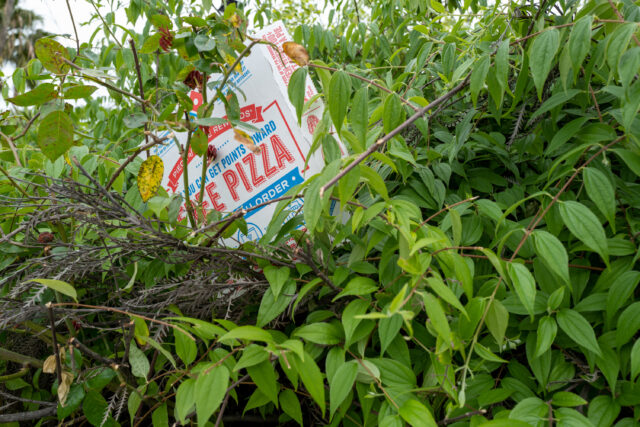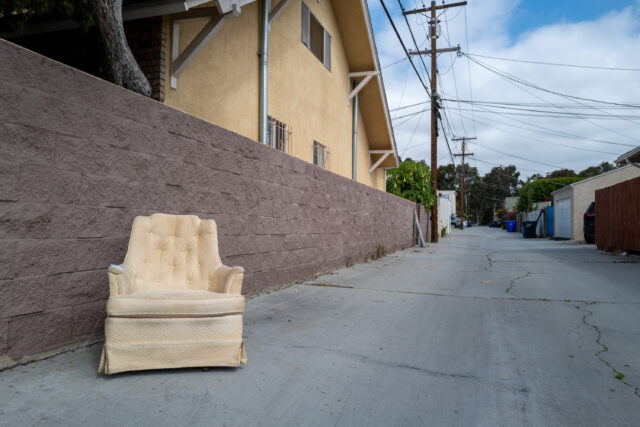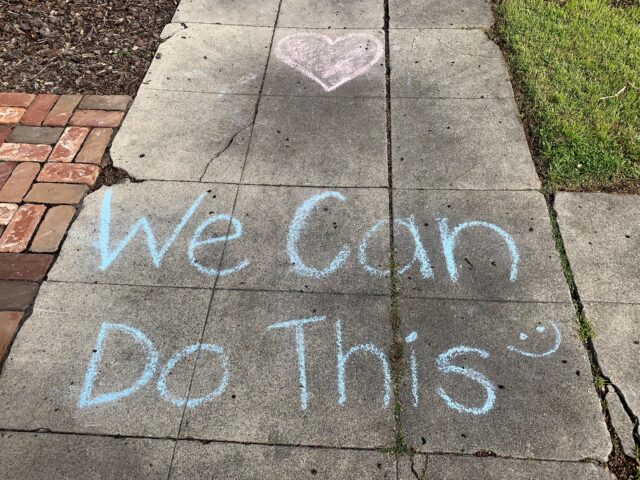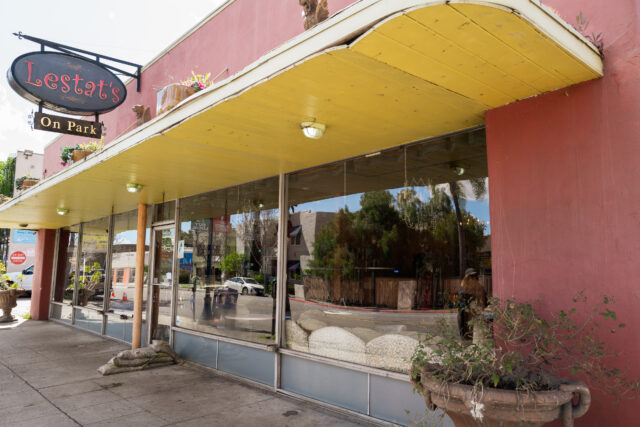One year ago today, California bars, breweries, and eateries stopped serving customers indoors, shifting to delivery and take-out services only—as ordered by Governor Gavin Newsom. On March 19, 2020, he issued a “stay-at-home” order for all Californians that went into effect the next day. Restrictions would later lift only to be reimposed—nearly as harsh during the Thanksgiving and Christmas holidays as the pandemic‘s early-declaration days.
Today, after months of onerous prohibitions upon local businesses, San Diego County rose from the most restrictive tier, which permits malls and retailers to operate at 50-percent capacity; aquariums, churches, movie theaters, museums, restaurants, and zoos to allow customers indoors at 25-percent capacity; and gyms and hotels to operate at 10-percent capacity. Oh joy. Beat me with the stick, because it feels so good compared to the baseball bat you were whacking with.
